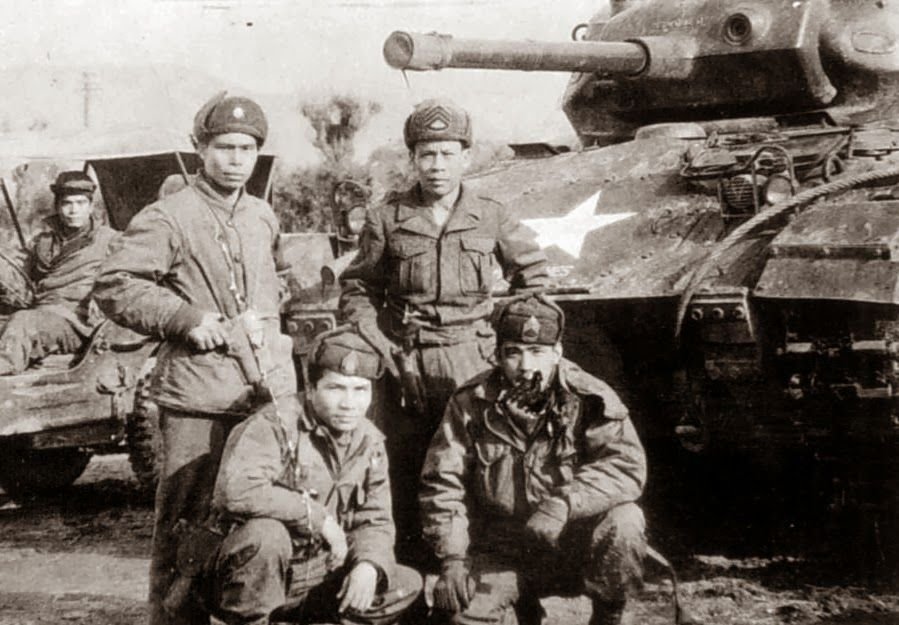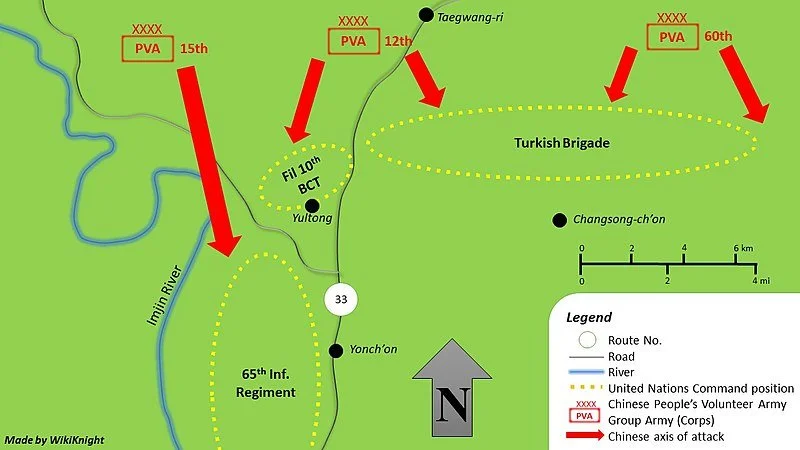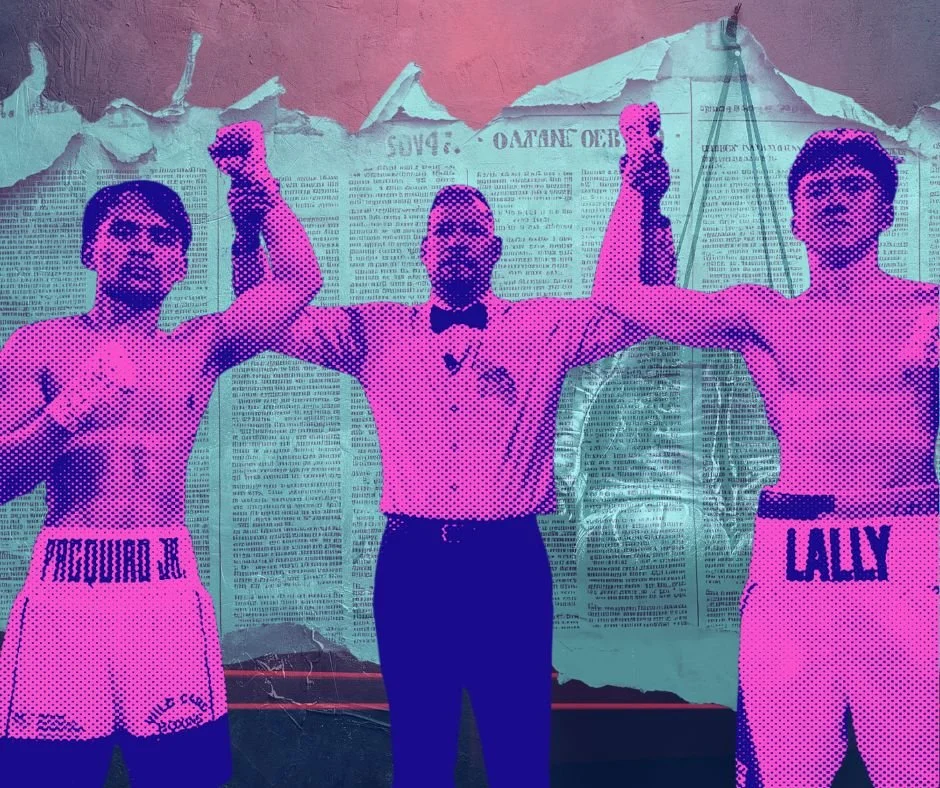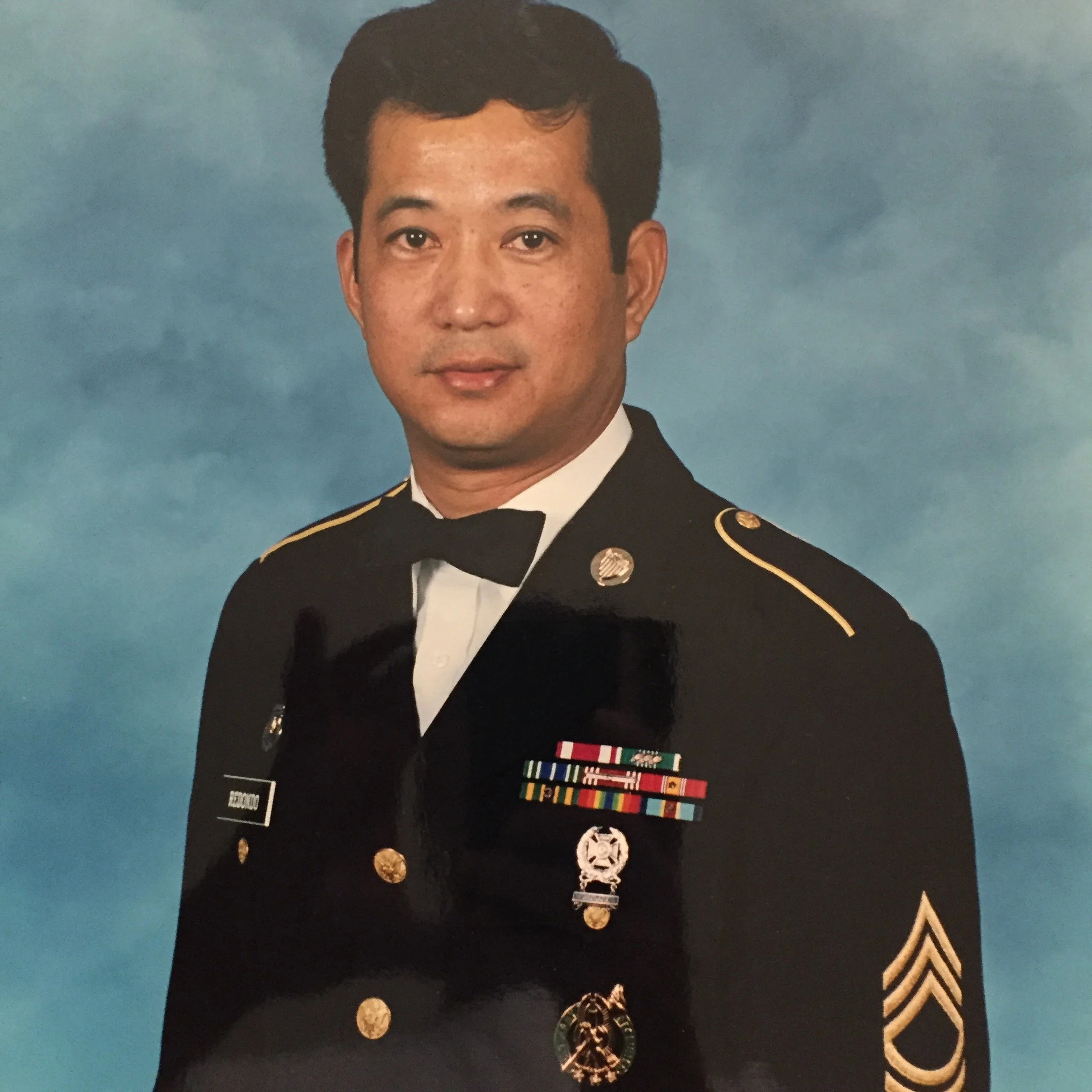How Filipino Soldiers fighting in the korean war is a big part of Filipino American History
Before the rise of Filipino nurse immigrants and teachers in America, a large majority of the Filipino population in American were Philippine military personnel turned US Veterans. Many of these veterans were granted citizenship after fighting bravely with Americans in many hard-won battles especially during WW2 and in later battles after that. Ask any of your Lolos or Titos about their stories and they will often tell tales brimming with heroism, courage, and valor. There's something uniquely thrilling about stories where the odds seem stacked against the heroes. In the annals of history, one such epic stands out, – the Battle of Yultong during the Korean War.
The Korean War is a story of the unlikely triumph of the Filipino and American troops as they faced seemingly insurmountable odds on the battlefield.
The Battle of Yultong, often referred to as the Battle of Hill 303, was a pivotal conflict during the Korean War that significantly impacted not only the nations involved but also Filipinos. Many people don’t think of the Korean way when they think of a lasting legacy within the Filipino and American community. It was by all means a lost cause with only 900 Filipino and American mix troops versus and 40,000 strong army of enemies.
The Battle of Yultong took place during the Korean War, from April 22 to April 23, 1951. It was a fierce engagement between United Nations forces, primarily composed of U.S. and Philippine troops vs Chinese Communist forces. The battle occurred near the Yultong village in South Korea and centered around Hill 303, a strategic position overlooking the Imjin River.
Filipino troops, specifically the Philippine Expeditionary Force to Korea (PEFTOK), played a significant role in the battle. Under the command of Brigadier General Mariano Castañeda, they fought valiantly alongside their American counterparts. The Filipino soldiers displayed remarkable bravery, resilience, and camaraderie during the intense combat.
Made by WikiKnight. Based on information from Mossman, Billy C. (2000), Ebb and Flow, November 1950-July 1951 (p.380) and Chae et al. (2001), The Korean War, Volume II (p.627)
The Battle of Yultong is often remembered for the heroic sacrifice of the Filipino soldiers. Facing overwhelming odds and subjected to relentless enemy attacks, the Filipino troops refused to surrender. They chose to stand their ground on Hill 303, holding the line against the Chinese Communist forces. Their unwavering determination and courage had a profound impact on the outcome of the battle.
The Battle of Yultong became a source of immense pride for the Filipino-American community. It highlighted the heroism and sacrifices of Filipino soldiers in the face of adversity, earning them recognition and respect not only from their fellow Americans but also within their own community. The battle helped strengthen the sense of Filipino-American identity. Filipino-Americans felt a deep connection to the valor displayed by their compatriots in Korea, reinforcing their bond with both their Filipino heritage and their American citizenship.
Filipino service in Korea became a significant chapter in the history of Filipino-American military contributions, paving the way for greater recognition and advocacy for veterans' rights and benefits in the US. The Battle of Yultong is commemorated annually by Filipino-American communities across the United States. Ceremonies, parades, and educational events are held to honor the sacrifices made by PEFTOK soldiers and to ensure that their legacy is preserved for future generations.
The Battle of Yultong holds a special place in the hearts of Filipino-Americans. It serves as a reminder of the valor and resilience displayed by their compatriots during a crucial moment in history. The battle's impact goes beyond the battlefield, shaping the identity, pride, and recognition of Filipino-Americans and their contributions to the United States and the world.
























It all started with a table outside of a Seafood City in 2015.
LEAD Filipino volunteers were on hand with clipboards and flyers for a Filipino voter registration drive. It was an early campaign for the grassroots organization, which grew out of a desire to build Filipino civic voice and representation.
Read More